Drone Laws Resource Guide and Check-List For Filmmakers
What To Know and What To Avoid When Flying Your Drone
By: Alyssa Burkett and Faith Fuller
April 4, 2018
Congratulations, you’ve now got
your shiny new drone! Time to take
it out for a spin and start filming those gorgeous aerials.
Not so fast! Being a drone
owner/operator requires not only the technical skill of flying your drone, it
also requires knowledge of local laws and regulations.
Related Article: Gear Kit For One-Man Documentary Film Crew
Popular Drones for Filmmaking
Drone Dangers
Drones may LOOK like fun little toys, but in reality they can cause serious damage to people and property.
Imagine a drone plummeting 400 feet from the sky. So it’s important to keep the drone in your line of sight and aware of your surroundings at all times.
Not to mention, there is always risk of interfering with air traffic, which could cause massive physical damage and severe loss of life.
Do you really want the responsibility of causing an airplane crash?
The video below captures some of the common issues and problems relating to drone use.
Drone Laws: Privacy and Security
In addition to physical danger, there are also concerns surrounding privacy and security risks.
The restrictions with regard to privacy are still a work in progress, but a long standing law has determined that private property extends 83 feet up into the air, and this has been a standard maintained for all air traffic.
Someone's personal and private home is not public domain, so therefore off limits to filmmakers or any other professional drone operators, unless authorized.
Privacy and security risks were made more apparent after a drone crash landed in front of the White House, directly contributing to the laws that were implemented to prevent incidents like this from happening again.
Take a look at this helpful
infographic provided by the Federal Aviation Administration (FAA) to understand
the do’s and don’ts of drone piloting. These rules apply to anyone operating a drone, of any size, whether it is for professional or recreational
use.
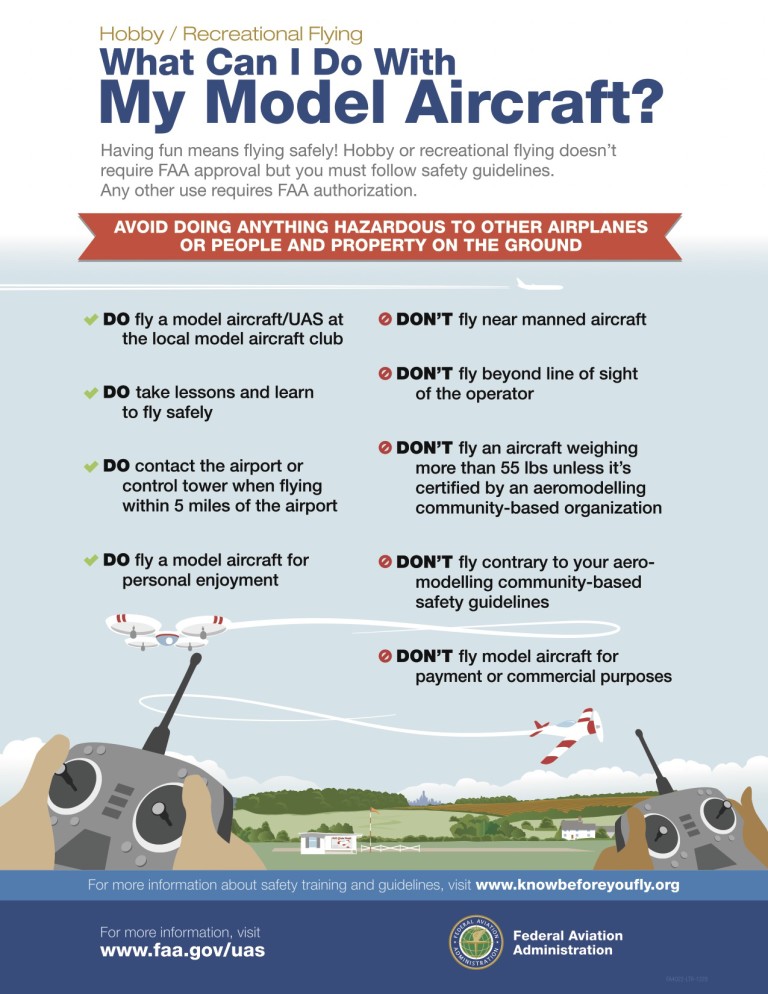
The FAA also created the Know Before You Fly
campaign, which is another excellent resource to become an informed
professional drone pilot.
Drone Laws: Interactive Map
Want a quick way to check your
local drone laws? Here’s a terrific resource created by blogger Anil
Polat: an interactive map showing the specific restrictions, if any, for cities and states all
over the world.
This helpful, color-coded tool, allows you to click on the individual pins, to learn more about what to expect when operating a drone for professional use. It’s simple enough to comprehend with green, yellow, red and grey pins, used to signify the level of drone laws in the area.
- Green means drones are generally
allowed.
- Yellow means drone use is limited or
may require cumbersome registration processes.
- Red means drone import or use is
prohibited or otherwise heavily restricted.
- Grey means that there is no data or there are no defined or applicable UAV laws.
For drone operators in the US, you can also download the FAA's B4UFly app to quickly check no-fly zones on your smartphone. Keep in mind these don't cover state or local ordinances, so you'll need to check those separately.
How To Get Authorization For Your Drone
Any
filmmaker using a drone for their production is considered to be using it for
professional use, and will need to get authorization for their shoots, as well
as licensing their drones.
Below are the primary steps to stay legal if you're based in the United States. If you live outside the US, please be sure to check the rules and regulations for your particular state/region/country.
Drone Laws Check-List: How To Film Legally
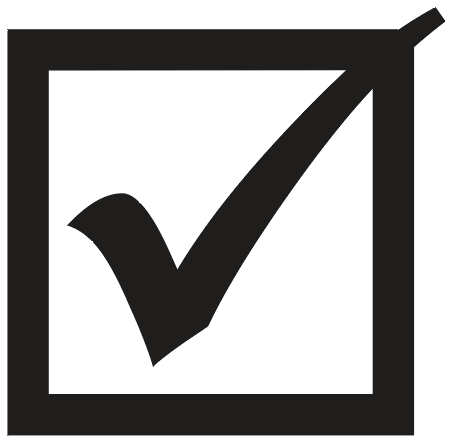
1. Register Your Drone
Anyone with a drone weighing over 0.55 lbs or under 55 lbs is required to register their drone with the FAA.
To register, create an account on the FAA’s website and pay the $5 registration fee. After making an account, you’ll receive a code that
needs to be marked somewhere on your drone. (Registration lasts 3 years)
Quick registration link: FAA Drone Zone (choose the option "Fly sUAS Under Part 107")
Keep in mind that, if your drone weighs more than 55 lbs, you will need to use the paper (N-number) registration process.

2. Get Certified
If you're using your drone for commercial purposes, including filming and photography, you'll need to get a ‘Remote Pilot Certificate’ (aka. Part 107 Drone License) from the FAA. This includes passing a 60 question Part 107 knowledge test at an FAA-approved knowledge testing center and undergoing a security screening.
Signing up for the test will cost $150.
The license is valid for only two years, after which you'll need to retake the test to renew your license.
The FAA offers a free study guide, sample questions, and registration on their official website.
Here’s the FAA page for becoming a certified drone pilot.

3. Follow The Rules (Known As "Part 107")
Part 107 Rules: A set of rules released in June 2016 by the FAA and the Department of Transportation (DOT) that guide and restrict the use of commercial drones.
Those rules include (but are not limited to):
- Always keep the drone within your line-of-site
- Keep drone under 400 feet above ground level (to avoid larger aircraft)
- Don't fly over persons not directly involved in the drone operation (for example crowds of people at an event)
- Don't fly your drone within 5 miles of an airport or other sensitive locations
- The allowed maximum groundspeed of a drone is 100 mph
- Must be at least 16 years of age
- Fly during daylight hours only
Tip! You can request a waiver for any of the Part 107 rules. For example, if you need to fly your drone at night or over a crowd of people at a concert.
Ready To Fly!
Following the above steps and contacting all of the
necessary local authorities for your specific situation will help the drone shoot to
go smoothly by steering clear of any pitfalls that could end up getting you
into completely avoidable predicaments.
It all pays off once the legal precautions are taken, and you can look forward to the great content that you’ll be sure to capture with your unmanned flying camera.
10 Tips How To Film With A Drone
Popular Drones for Filmmaking
Your Experience With Drone Laws
Do you own a drone? Please share your personal experience with any laws and regulations in your city/state/country.
Recommended For You
- Get Kit For One-Man Documentary Film Crew with Bob Krist
- First-Time Documentary Filmmaker Andreas Proehl Shares Lessons Learned
- Recording Sound with a Zoom H6 and Rode NTG3 on a Movie Set
- Gear List For Small Budget Video and Documentary Productions
Ready To Make Your Dream Documentary?
Sign up for our exclusive 7-day crash course and learn step-by-step how to make a documentary from idea to completed movie!
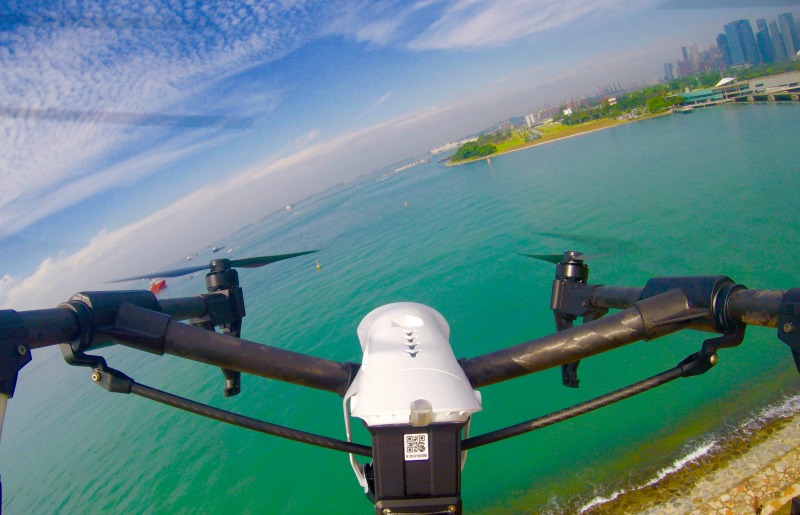



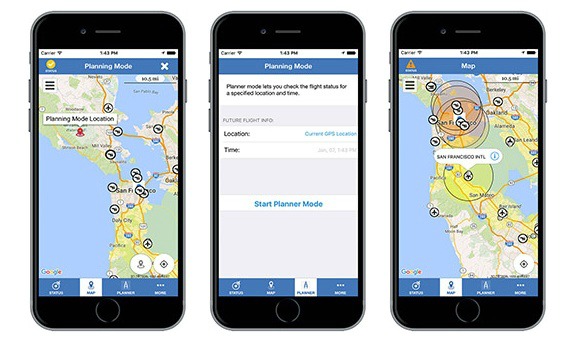
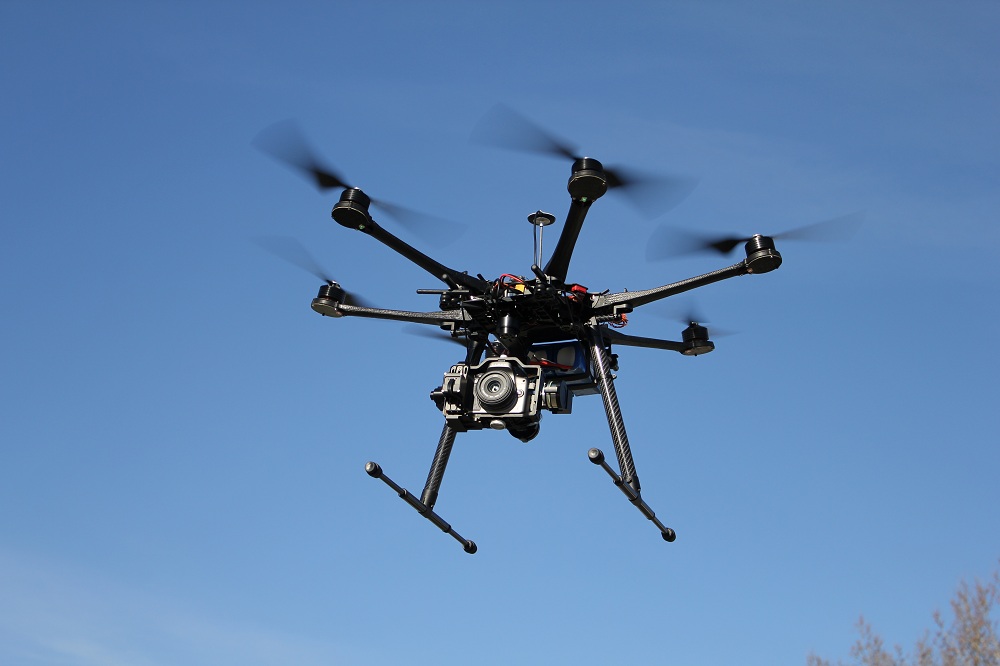

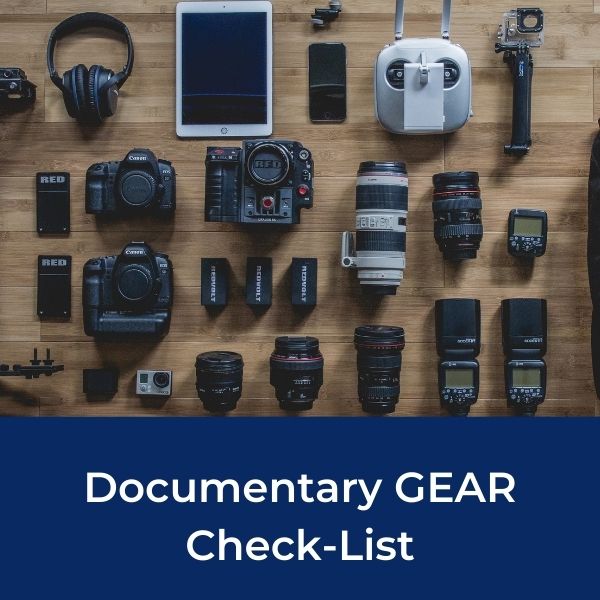











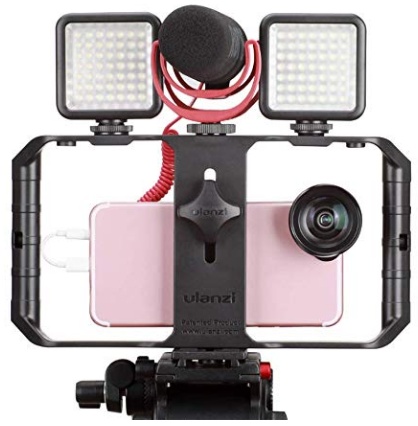
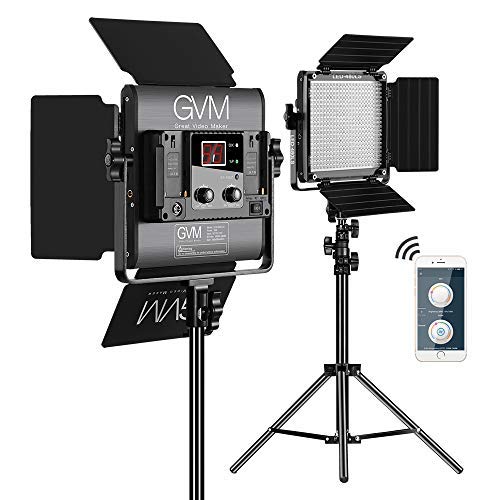
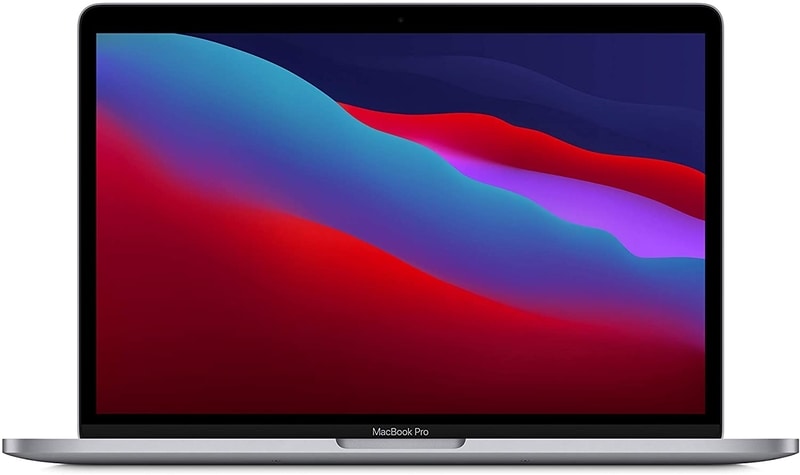
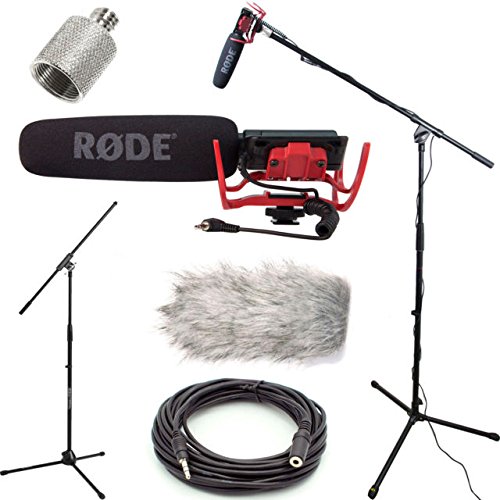
New! Comments
[To ensure your comment gets posted, please avoid using external links/URL's]